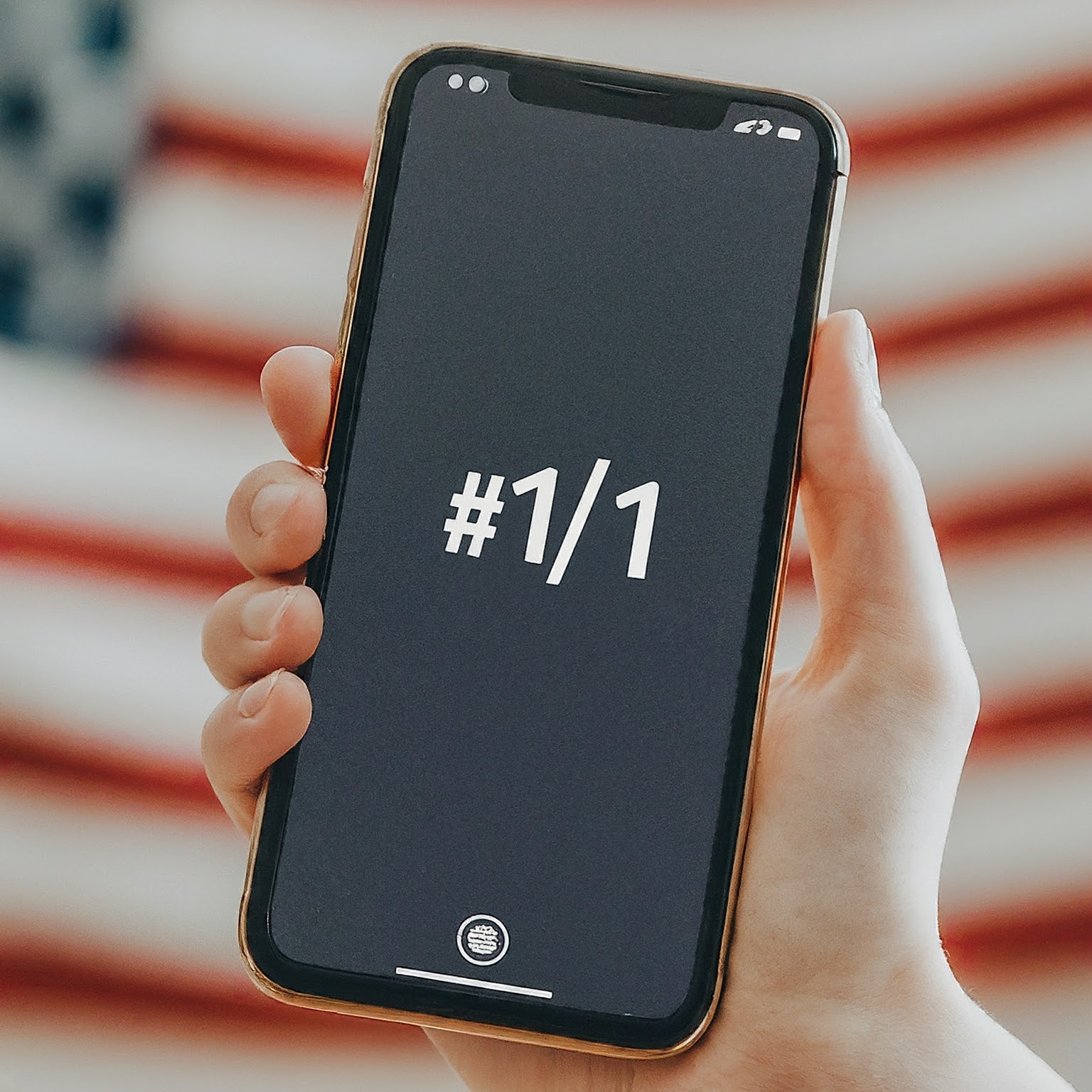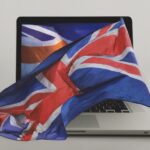In an increasingly interconnected world, where communication transcends borders, understanding international dialing codes is paramount. Whether for personal connections, business dealings, or simply staying informed, the ability to make international calls is essential. For those seeking to connect with individuals or businesses in the United States, the USA country code phone system is the gateway. This article delves into the significance of the USA country code phone system, exploring its role in facilitating global connectivity, its structure, and its usage. Additionally, we’ll examine the broader context of country codes, their importance in international communication, and some of the challenges and opportunities they present in today’s digital age.

The USA Country Code: +1
The USA country code phone system is identified by the simple but crucial code ‘+1’. This numerical prefix uniquely distinguishes phone numbers belonging to the United States within the vast global telecommunication network. When dialing a US phone number from another country, this ‘+1’ prefix must precede the area code and local phone number. It acts as a signal to international carriers, ensuring the call is correctly routed to the American telecommunication infrastructure.
This country code is an integral part of the North American Numbering Plan (NANP), a comprehensive telecommunication numbering plan encompassing 25 countries and territories in North America, including the United States, Canada, and several Caribbean nations.
Significance of the US Country Code
The US country code serves as a vital bridge, connecting the US to the rest of the world. It facilitates seamless communication across geographical boundaries, fostering international collaboration, trade, and cultural exchange.
Here are some key aspects highlighting the importance of the US country code phone system:
- Enabling International Calls: The most apparent function of the US country code is to facilitate international calls to and from the US. By dialing +1 before the area code and local phone number, callers from any corner of the globe can seamlessly connect with American phone numbers.
- Text Messaging (SMS) and Data Services: The significance of the US country code extends beyond voice calls. It’s also crucial for sending international text messages (SMS) and accessing data services while roaming in the US.
- Online Services and Applications: A multitude of online platforms and applications require users to provide their phone numbers for verification or two-factor authentication purposes. When registering on such platforms, it’s imperative to include the US country code if you have an American phone number. This ensures accurate identification and validation, enabling access to various online services and features.
- E-commerce and Global Business: For businesses operating in the global marketplace, the US country code is paramount. It empowers them to establish US-based phone numbers, process payments, and communicate effectively with customers and partners across borders.
- Emergency Services: In critical situations, providing the correct US country code when seeking emergency assistance is of utmost importance. It ensures that emergency responders can swiftly and accurately pinpoint your location and dispatch aid without delay.
Structure of US Phone Numbers
US phone numbers, incorporating the US country code, adhere to a specific structure defined by the NANP. This structure consists of three main components:
- Country Code: The ‘+’ symbol followed by the digit ‘1’ represents the US country code.
- Area Code: The next three digits constitute the area code, identifying a specific geographic region within the United States.
- Local Phone Number: The final seven digits comprise the local phone number, unique to the individual or business within the designated area code.
For instance, a typical US phone number would appear as: +1 (212) 555-1212
In this example, ‘+1’ is the US country code, ‘212’ is the area code for Manhattan in New York City, and ‘555-1212’ is the local phone number.
How to Use the US Country Code
When dialing a US phone number from within the United States, you typically don’t need to dial the US country code. However, when making international calls to the US, including the ‘+1’ prefix before the area code and local phone number is essential. This guarantees the accurate routing of your call to the American telecommunication network.
For example, if you’re calling from Egypt to a New York City number, you would dial:
- 00 (Egypt’s exit code) + 1 (USA country code) + 212 (area code) + 555-1212 (local phone number)
Similarly, when sharing your US phone number with someone in another country, be sure to include the US country code to ensure they can reach you. Failing to include the country code may result in failed connections or misrouted calls.
While the US country code phone system is generally efficient and reliable, there are a few complexities to be aware of:
- Area Code Overlays: In some regions, multiple area codes may serve the same geographical area, a phenomenon called an overlay. In these cases, dialing the area code is mandatory even for local calls to ensure accurate routing.
- Number Portability: Number portability empowers users to retain their existing phone number when switching carriers. However, this can sometimes create confusion in determining the correct area code. Online directories or carrier websites can be helpful in identifying the current area code associated with a specific phone number.
- VoIP and Virtual Numbers: The rise of VoIP (Voice over Internet Protocol) and virtual phone numbers has introduced complexities to the traditional area code system. VoIP services often allow users to choose area codes that may not correspond to their physical location, while virtual numbers can be assigned to any area code, regardless of the user’s actual location.
Area Codes in the US: A Closer Look
Area codes are three-digit codes that divide the United States into distinct geographical regions, facilitating the routing of calls within the country. When dialing a US phone number from within the US, you typically need to include the area code only if the call is long-distance, i.e., to a different area code.
Here are some key points to remember about area codes in the US:
- Number of Area Codes: The US currently has over 300 area codes in use.
- Geographical Distribution: Area codes are assigned based on geographical regions, with larger cities and densely populated areas often having multiple area codes.
- Evolution and Expansion: New area codes are introduced and existing ones are modified or split as the demand for phone numbers grows in specific regions. The Federal Communications Commission (FCC) oversees the assignment and management of area codes in the United States.
Mobile Phone Prefixes in the US
Mobile phone numbers in the US typically follow the same structure as landline numbers, including the US country code, area code, and local phone number. However, there is no specific prefix or set of digits that exclusively identifies mobile phone numbers. This can sometimes make it challenging to distinguish between landline and mobile numbers at a glance.
The Future of the US Phone Country Code
As technology continues to advance and communication paradigms evolve, the role of the US phone country code is likely to undergo transformations. While the core function of the country code is expected to remain unchanged, we can anticipate the following developments:
- Expansion of Area Codes: With the ever-increasing demand for phone numbers, we can expect the introduction of new area codes and potential modifications or splits to existing ones to accommodate the growing number of subscribers.
- Integration with Emerging Technologies: The US phone country code may play a role in facilitating communication through emerging technologies such as satellite-based internet and 5G networks, ensuring seamless connectivity across various platforms and devices.
- Enhanced Security and Fraud Prevention: As cyber threats and phone scams become more sophisticated, a heightened focus on security measures and fraud prevention mechanisms associated with the country code system is expected.
Conclusion
The US phone country code, +1, serves as an indispensable gateway for connecting with individuals and businesses in the United States, fostering communication, collaboration, and commerce on a global scale. Its significance extends beyond voice calls to encompass various communication channels in the digital age. Understanding its proper usage and the broader context of international dialing empowers us to navigate the complexities of global communication and build bridges across borders.


